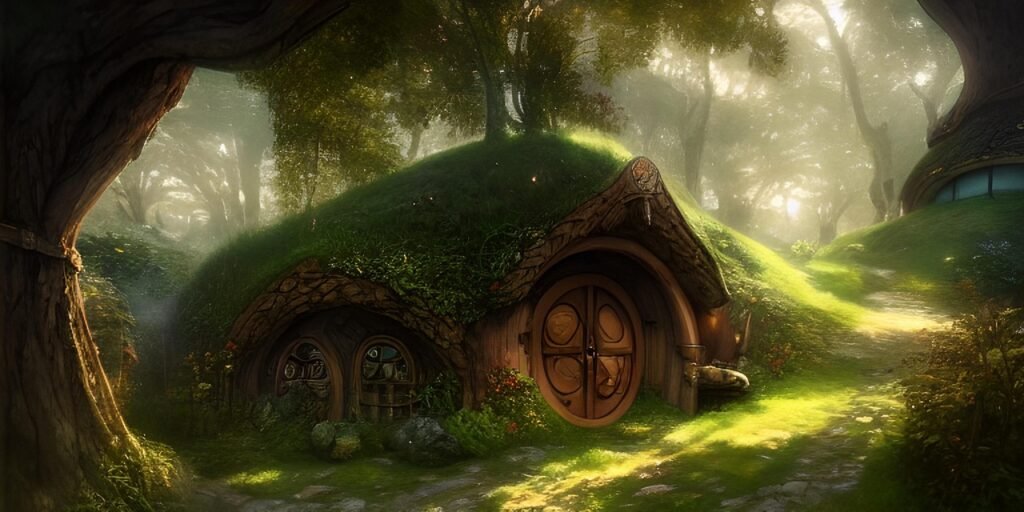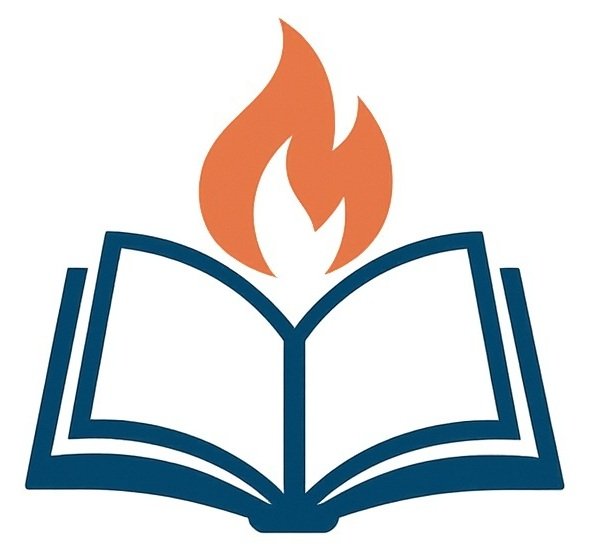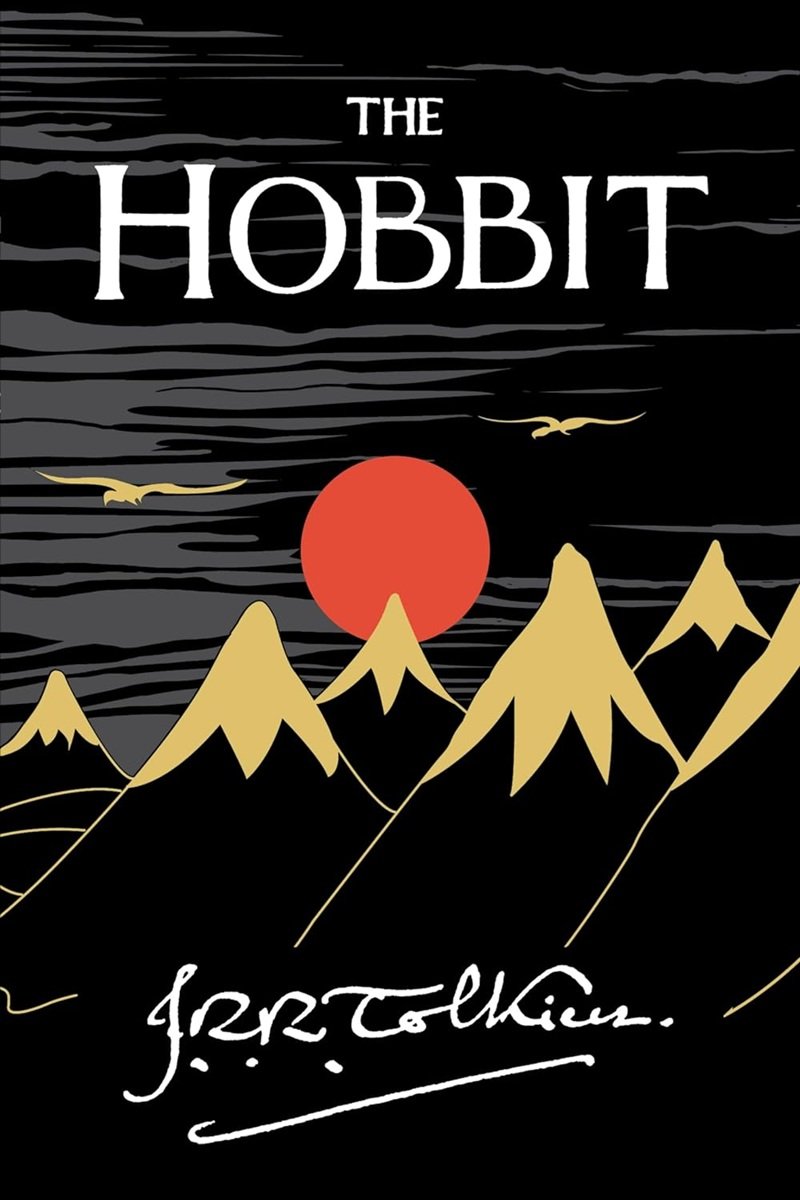Your cart is currently empty!
The Hobbit by J.R.R. Tolkien is a timeless fantasy adventure that follows the hobbit Bilbo Baggins, as he joins a company of dwarves on a quest to reclaim their homeland from the dragon Smaug. Along the way, Bilbo encounters trolls, goblins, and the mysterious Gollum, discovering courage and cunning within himself. This literature guide includes chapter summaries, comprehension questions, character analysis, thematic explorations, and creative writing activities to deepen understanding. Suitable for grades 6–9, it engages students in both reading comprehension and critical thinking through interactive, hands-on exercises.

| Title: | The Hobbit |
| Author: | J.R.R. Tolkien |
| Year Published: | 1937 |
| Suitable Grade Level: | 6–9 |
| Key Themes: | – Heroism and Courage: Bilbo’s growth from timid hobbit to brave adventurer. – Greed and Its Consequences: Explored through Smaug and Thorin’s obsession with treasure. – Friendship and Loyalty: Trust and support among characters. – Adventure and Discovery: Curiosity and exploration of the unknown. – Good vs. Evil: Moral choices shaping conflicts. |
| Literary Elements: | – Setting: Middle-earth, including the Shire, Mirkwood, and Lonely Mountain. – Characterization: Bilbo, Thorin, and dwarves are deeply developed. – Plot Structure: Hero’s journey with exposition, climax, resolution. – Conflict: Internal (Bilbo’s doubts) and external (battles, dragons). – Foreshadowing: Hints at future bravery and critical events. |
| Rhetorical Devices: | – Imagery: Vivid landscapes, creatures, and battles. – Symbolism: Treasure, the ring, and journeys reflect greed, power, self-discovery. – Alliteration & Rhyme: In songs and poems for rhythm. – Irony: Bilbo succeeds despite doubt. – Personification: Animals and objects with human traits. |
| Curriculum Connections: | – ELA: Reading comprehension, literary analysis, vocabulary, creative writing. – Social-Emotional Learning: Courage, ethics, personal growth. – History & Culture: Mythology, folklore, 20th-century literature. – Critical Thinking: Theme and character analysis. – Art & Creative Projects: Illustrations, map-making, dramatizations. |

